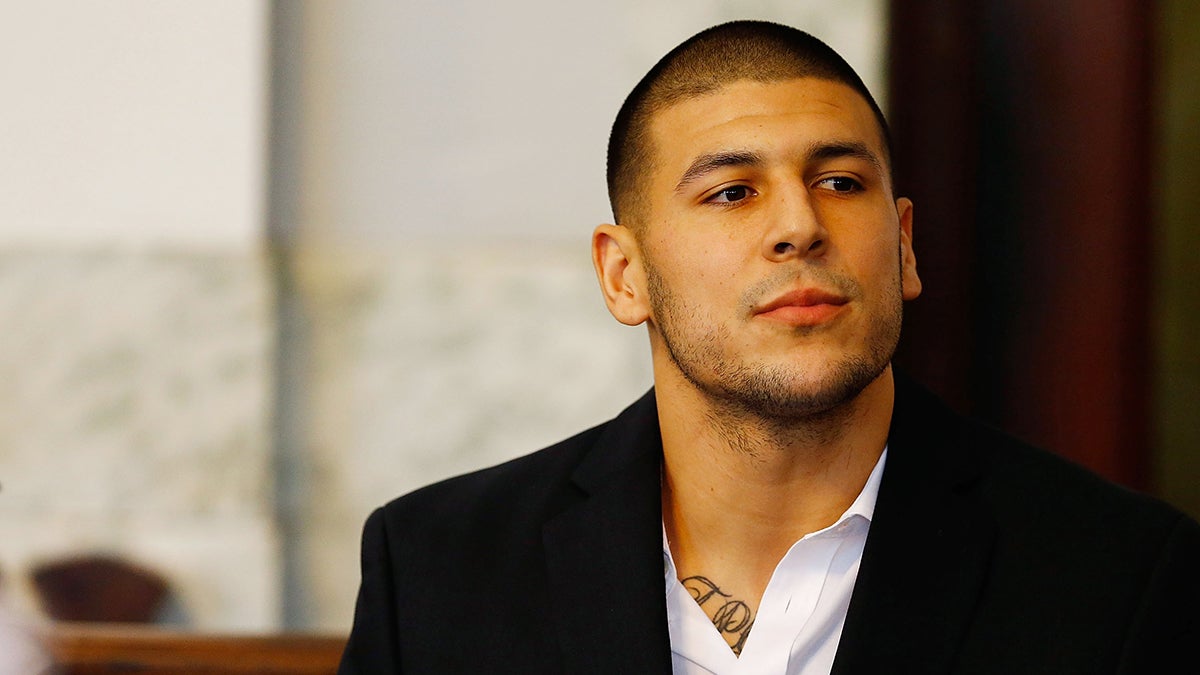New research, technology aimed at minimizing concussions

It may seem as if every day another former American football player announces he is suffering from the effects of repeated blows to the head in the game as well as the aftereffects of concussions. What is being done now to try to save the next generation of athlete?
Long-Term Effects of Concussions
A study by the British Journal of Sports Medicine focused on two factors - long-term mental health and neurological problems - in retired athletes whose injuries were more than 10 years old and individuals who have suffered a concussion. The results showed a variety of different factors.
“Retired professional American football players may be at increased risk for mild cognitive impairment, neurodegenerative diseases as compared to former high school American football players who do not appear to be at increased risk for later life neurodegenerative diseases.”
The BJSM additionally states: “More research is needed to find potential cause and effect relationships of repetitive head impact exposure, concussions and long-term brain health.”
The CTE Center at Boston University School of Medicine looked at more than 50 confirmed cases of Chronic Traumatic Encephalopathy, a progressive brain disease that causes memory loss and cognition as well as mental health disorders like depression, suicidal behavior and connected the long-term consequences of repetitive brain trauma.
“It is believed that repetitive brain trauma, with or without symptomatic concussion, sets off a cascade of events that results in neurodegenerative changes marked by a unique tauopathy and proteinopathy,” the report stated. “Given the millions of athletes participating in contact sports that involve repetitive brain trauma from blast and other injuries and others in society who experience repetitive head injuries, CTE represents an important public health issue.”
So why is CTE study such an important topic in sports currently?
After neuropathologist Dr. Bennet Omalu made the first ever CTE discovery in former Pittsburgh Steelers center Mike Webster in 2002, it has since inspired other researchers to continue the study.
Neuropathologist Ann McKee and assistant professor of neurology Jesse Mez at Boston University found CTE in those with repetitive head trauma to be more common in football players.
The 2017 study published in the Journal of the American Medical Association found “CTE in 99 percent of brains obtained from National Football League (NFL) players, as well at 91 percent of college football players and 21 percent of high school football players.
“Of the 202 brains studied, the group diagnosed 177 with CTE, including 110 of 111 from the NFL players (99 percent); 7 of 8 from the Canadian Football League (88 percent); 9 of 14 semi-professional players (64 percent); 48 of 53 college players (91 percent), and 3 of 14 high school players (21 percent).”
After he took his life while serving time for murder, former New England Patriots tight end Aaron Hernandez was found to have one of the most severe cases of CTE.
“While the outside of Hernandez’s brain appeared normal, the inside showed evidence of previous small hemorrhages, which experts associate with head impacts. Other parts of his brain had begin to shrink and show holes in the membrane.”
“Individuals with similar gross findings at autopsy were at least 46 years old at the time of death,”
Improving Diagnosis and Early Symptoms
Diagnosing head injuries early is critical. The University of Calgary is developing a portable brain-imaging system. “Scientist Jeff Dunn, PhD and his team developed a portable imaging system that uses light to detect and monitor damage in the brain from concussion. Researchers and doctors will be using the technology in an upcoming study at the Alberta Children’s Hospital.”
“The device, a Near-Infrared Spectroscopy (fNIRS), measures communication in the brain by measuring oxygen levels. When the brain is working well, major regions on each side of the brain are communicating and so have similar patterns of blood flow and oxygen levels in blood. Researchers measure the changes in blood oxygen levels as a marker of brain function. Results show these patterns change after concussion.”
Brian Still, an English professor at Texas Tech University recently created a rapid eye movement test called EyeGuide Focus that has since attracted attention from the NFL.
“A proprietary hardware and software platform that allows professionals to easily administer a simple, 10-second test to check for potential neurological impairment.”
“That company is EyeGuide, whose product, Focus, promises a rapid eye movement test that is already used by 30 sports organizations across the U.S.”
Dr. Jamshid Ghajar, PhD at Stanford University created a 60 second concussion evaluation done through a VR headset, EYE-SYNC. These innovations could help diagnose early signs of brain trauma.
After Stanford researchers developed Sync Think’s EYE-SYNC the Golden State Warriors jumped on board.
“EYE-SYNC provides the Warriors an on-court, 60-second objective concussion evaluation. It’s done through a VR headset and uses eye-tracking technology. The tech tests ocular-motor synchronization deficits along with other key factors relating to brain health. It's swift detection will allow players who exit the game for tests to miss little-to-no time.”
Technology Measures Head Impacts
Neurosurgeons Vincent Miele and Julian Baile at West Virginia University studied video analysis of professional boxing matches and came up with a unique mouthguard solution.
“The product of their work has been spun off into Prevent Biometrics’ intelligent mouthguard that uses a flex circuit embedded with four accelerometers, each producing three channels of data, and an advanced algorithm that triangulates those 12 points to measure head impacts in real-time.”
“When certain threshold are crossed, the mouthguard lights up red and the bluetooth technology alerts coaches and trainers on the sideline, so they an evaluate for a concussion or impairment.”
“The mouthguard was originally designed for boxing, where fighters don’t wear helmets the way football players do. But in many cases helmet-based systems aren’t reliable because the headwear moves too much.”
Related Articles
"Put Me Back in Coach" showcases injury decisions for high school football coaches

